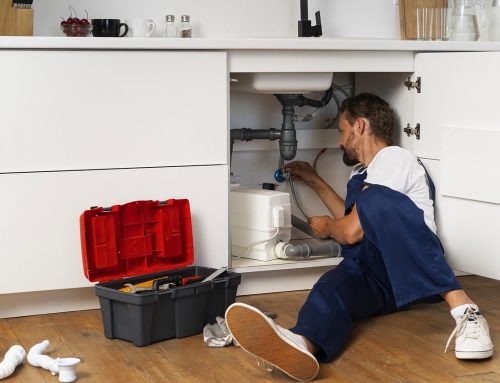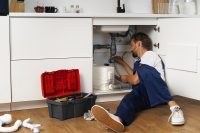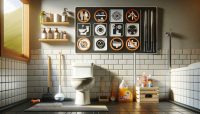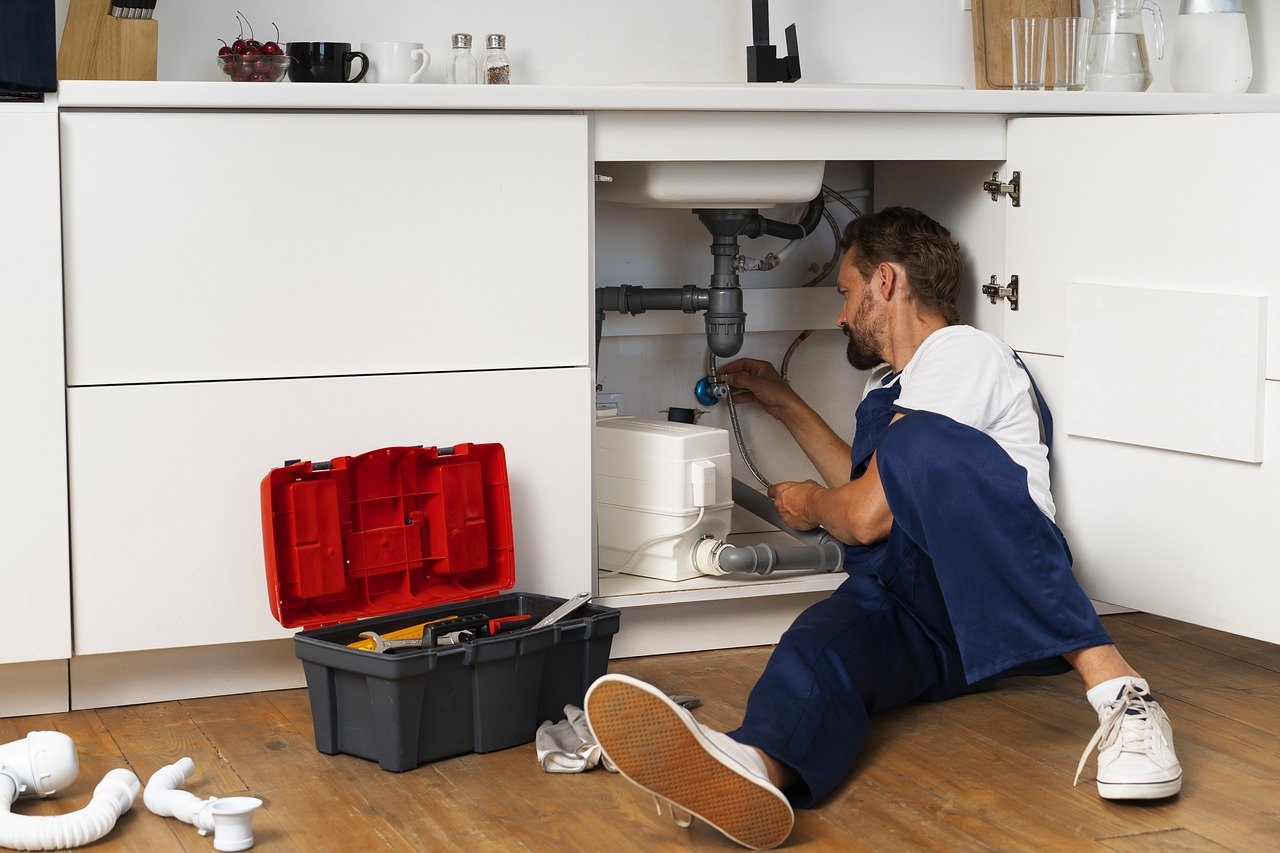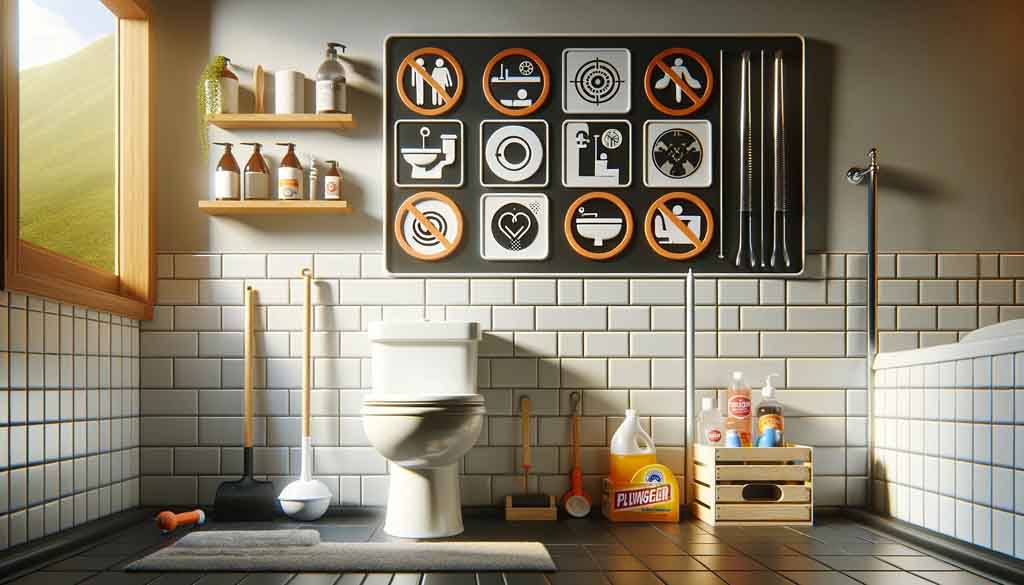Dangerous operation - Why we need to pay special attention to cleaning the restroom?

Undoubtedly, that it is one of the most troublesome parts of our apartment: the restroom! Those who have already experienced the clogging of the toilet with sewage flooding, they know exactly: the toilet is considered such a dangerous plant, which can cause serious problems in our home if not properly maintained. At the same time, we can have problems with the toilet not only when removing blockages...
Risky flushes
Perhaps nothing new to anyone, that we have to take special care to keep the restroom clean. Not just because, because a neglected toilet presents an alarming sight, but also because of that, because the toilet can be a source of serious infections! In this regard, we should not neglect the hygiene of the toilet seat either, since when using the toilet, germs can settle in all parts of the restroom.
Bacteria found in human feces, and viruses are first released into the air during each flush, and then to all the utensils in the toilet (pl. seat, scraper etc.) they get on it. In particular, we must pay attention to the bacteria found on the toilet flusher, which cannot be considered immaculately clean just because of that, since we usually touch it before washing our hands. If we do not pay attention to the hygiene of the restroom as a whole during cleaning, then we expose ourselves to the risk of infection carried by numerous bacteria and viruses, as well as those living in the same household as us. Especially children, and older people may be at risk, who typically have a weaker immune system than adults. They can even get sick from pathogens that cause minor infections, but they can also catch more serious infections from around the toilet more easily (pl. Goblets, Hepatitis C virus etc.), which can even cause permanent damage to their body!
Invisible enemies
Estimated following toilet use, per year in an average household 50 liters of yellow and 500 liters of black water are produced, which we will rinse with roughly twice the amount of drinking water. Such waters contain approximately all the bacteria found in domestic wastewater 99 percentage, and nitrogen has a similar ratio, as well as in terms of phosphorus content. It's no accident, that the water used for toilet flushing is the only domestic waste water, which cannot be used in any form afterwards! The yellow one- and viruses in black water, mushrooms, and bacteria can also occur.
In the restroom, we are mainly exposed to various viral infections. Although these pathogens are not visible to the naked eye, but their primitive structure is combined with extraordinary resilience. Viruses smaller than hundredths and thousandths of a millimeter show quite a large variety.
For some microorganisms, like the Calici or influenza virus, we have to expect increased virulence. We can easily transfer infectious pathogens that have settled on various objects in the restroom to other furnishings in our apartment with our hands. (pl. doorknob, keyboard), which sooner or later will enter our body. Other pathogens, like herpes viruses can survive outside the body for a while, i.e. hours to the toilet seat, they can become infected even after touching the doorknob. Which can sometimes happen even without the sight of major dirt or contamination in the restroom. Viruses, known as the smallest microorganisms, will therefore be such enemies, which can enter our body in an insidious way.
Insidious infections
The test area in direct contact with the toilet seat is at the greatest risk of infection, that is, the area of the thigh, and the buttocks. Especially when we take a big risk by using an unhygienic toilet, if we have to sit on the toilet with a sharp body surface, or someone else sat on the toilet like this before us. In this case, the wound is essentially a gateway for pathogens, for them to enter our body.
That fact is not incidental either, that we can get infected much more easily through our lower bodies. It is enough to think about the various venereal diseases, some of which, however, can be passed on as a result of an untended restroom, or we can catch it. Genital herpes can also be such an infection, which will almost always be followed by years of medication. Once we got the burner, viral infection with itching, then we have to face a quarterly recurrence of the symptoms. Various skins are also common- and urinary tract infections, and sometimes blood poisoning can also occur, like if we had to use a seriously infected toilet.
Let's fight the spread of pathogens!
Of course, the chance of infection is much lower when using the toilet at home. For that simple reason, that the restroom in our apartment is used by far fewer people, like the public toilet, and we usually pay much more attention to keeping the toilet at home clean. So let's consider it a basic rule, that if possible, then try to avoid using public toilets. But if we still have to do our needs in such a place, then let's take the most important precautions. This could be, for example, covering the seat with toilet paper, as well as careful hand washing with hand sanitizer. The useful hygiene tool can be found in almost any perfume shop, in a pharmacy, and sometimes also available in larger supermarkets. With its help, it will be possible to prevent infections acquired in the toilet (pl. szalmonella, typhoid) also entering our body. And if you don't have such a drug at hand, then we can prevent various problems by washing our hands as carefully as possible.
Speaking of prevention, then we can do a lot for this while using the toilet. For example, every time you flush the toilet, you can fold down the toilet lid - not just the seat part! - thus ending it, so that the germs in the toilet bowl get outside the earthenware. If we can, then it is worth building a small hand sink in the restroom, with which we can serve a dual purpose. On the one hand, such a hand washer offers enhanced personal hygiene, on the other hand, we do not carry the bacteria on our hands to another room - which will typically mean the bathroom.
Of course, we must pay special attention to the hygiene of the restroom as a whole. Let's start cleaning there, where pathogens settle in the greatest numbers, that is, at the toilet bowl. Today, there are excellent products in stores, with which, if possible, disinfect the toilet bowl several times a week, and don't forget to clean under the rim of the porcelain cup. Dont forget, to leave them on for as long as possible, the better results can be achieved with them!
In order to prevent infections, the entire restroom is cleaned, i.e. the toilet handle, his seat, cover, the rinse tank, the toilet flusher, and also wipe the outside of the toilet bowl. Pay special attention to the toilet brush, which must also be stored in a bactericide. finally: don't forget to clean the tools used to clean the toilet, which - at least on a weekly basis - can be soaked in the appropriate disinfectant solution to ensure proper hygiene.
All rights reserved, magyarendre.hu

